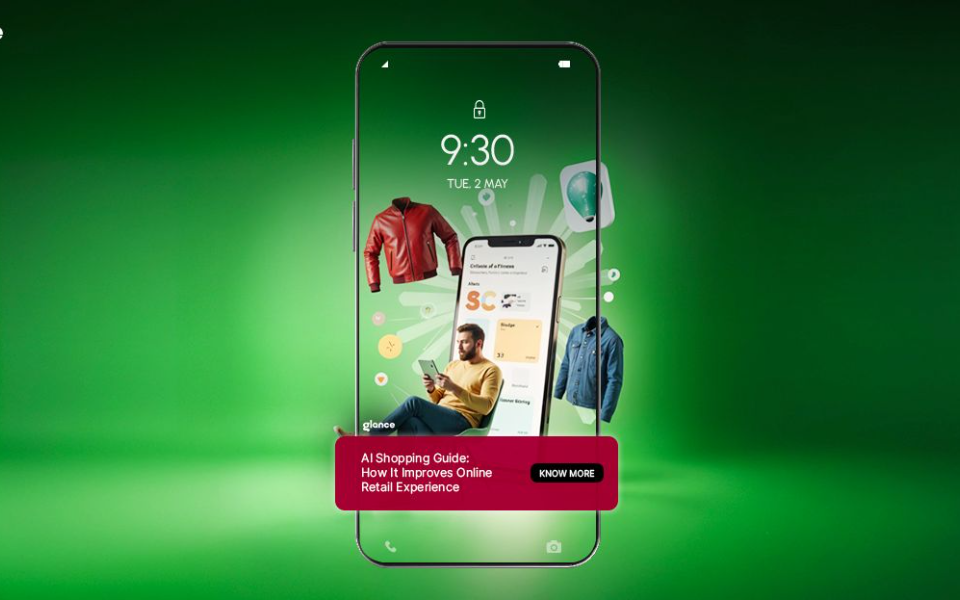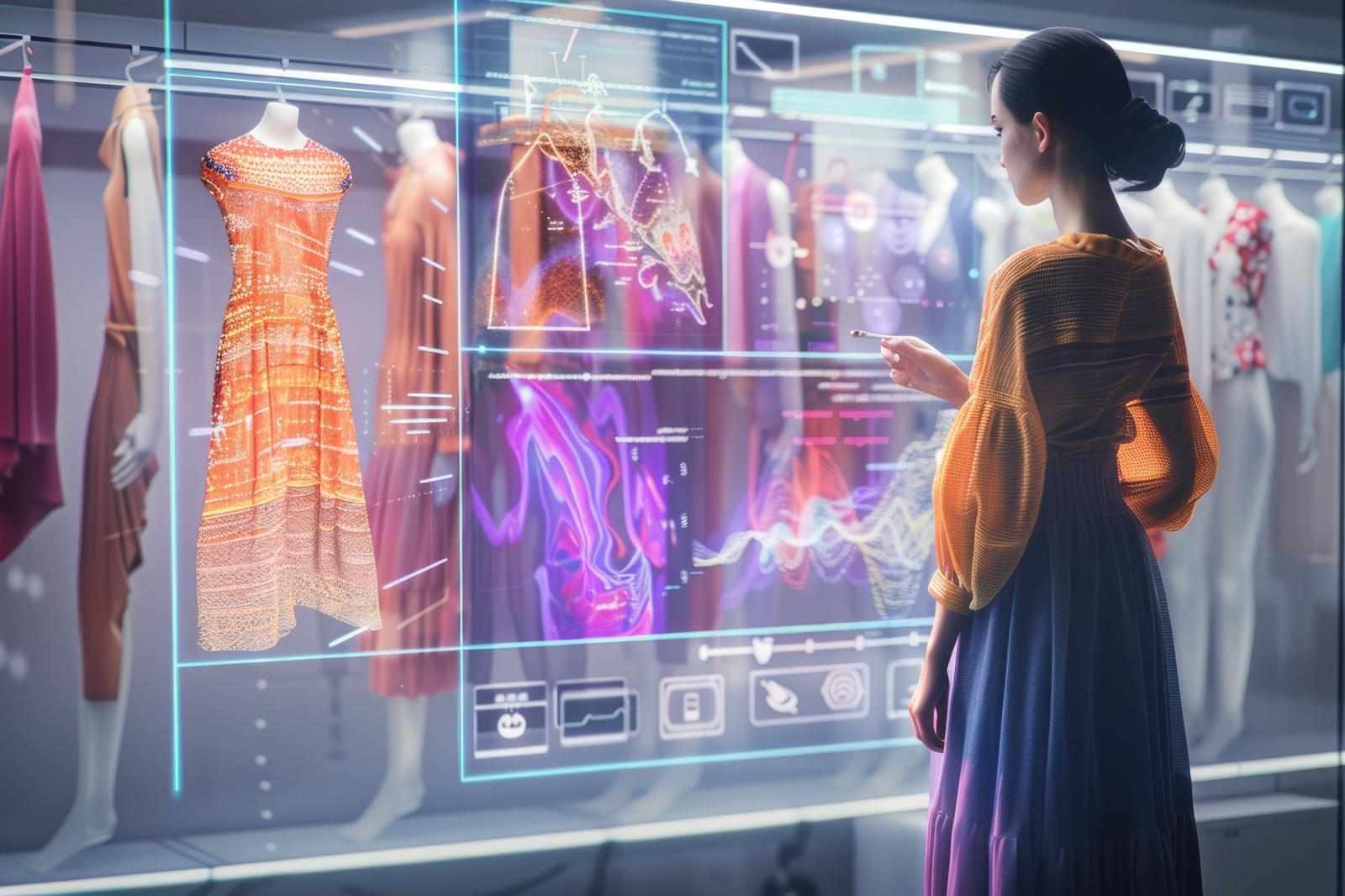
Artificial intelligence has long been synonymous with personalized fashion recommendations, but in 2025 its reach extends far beyond wardrobes. AI shopping beauty and tech is redefining the way Americans discover, evaluate, and purchase products in beauty, home, and technology sectors. By harnessing data from multiple sources—ranging from skin diagnostics to smart‐home usage patterns—AI delivers hyper-tailored experiences that feel intuitive, efficient, and even delightful.
At the core of this transformation are three key drivers: personalization, connectivity, and sustainability. Personalized algorithms dissect individual preferences; connected devices bridge online and offline touchpoints; and AI-powered analytics optimize resources, reducing waste across supply chains. This convergence of capabilities enables brands to exceed customer expectations, while empowering consumers to make smarter decisions faster. In the sections that follow, we’ll explore how AI shopping beauty and tech works in beauty and home environments, survey real-world applications, examine market growth, and look ahead to what’s on the horizon.
AI in Beauty: Personalized, Connected, and Sustainable
Hyper-Personalized Routines
One of the most compelling applications of AI shopping beauty and tech lies in ultra-precise skin analysis. Using high-resolution imaging and machine learning models, platforms evaluate skin tone, texture, hydration levels, and even biome data to recommend personalized skincare and makeup regimens. Instead of one-size-fits-all solutions, consumers receive curated product lists tailored to their unique biology and lifestyle. This level of granularity not only boosts product efficacy but also fosters greater customer satisfaction and brand loyalty.
By leveraging these insights, brands like L’Oréal and Coty have rolled out AI-driven platforms that guide users through virtual try-ons and real-time skin diagnostics. The result is a beauty journey that feels both interactive and scientifically grounded, ensuring each product recommendation has a high likelihood of success.
Smart Devices & AR Experiences
Beyond software recommendations, AI shopping beauty and tech integrates seamlessly with connected devices such as smart mirrors and at-home diagnostic tools. These gadgets use sensors and augmented reality (AR) overlays to simulate new hairstyles or makeup looks on a live video feed. Shoppers can experiment with bold lip colors, test contouring techniques, or preview seasonal palettes without touching a single product. The data collected during these sessions feeds back into AI models, refining future suggestions and creating a virtuous cycle of personalization.
This blend of AR and AI also smooths the transition between online exploration and in-store experiences. A user might discover a new serum via a virtual try-on and then head to a retailer with a clear understanding of shade matches and application techniques. The technology bridges physical and digital channels, reducing decision fatigue and increasing confidence in purchase choices.
Eco-Friendly Innovations
Sustainability is no longer an afterthought in beauty. AI shopping beauty and tech helps brands formulate clean-beauty products, optimize ingredient sourcing, and design refillable packaging systems. By predicting demand with pinpoint accuracy—down to specific formulations and volumes—companies can minimize overproduction and waste. At the same time, AI analytics pinpoint eco-friendly substitutes for high-impact chemicals and ingredients, speeding up research and development for green alternatives.
This emphasis on sustainable innovation resonates especially with younger consumers, who prioritize ethical practices alongside performance. As a result, AI shopping beauty and tech isn’t just transforming product discovery; it’s enabling a cleaner, more responsible beauty industry.
AI in Home: Smarter Living, Effortless Shopping
Personalized Smart Home Recommendations
The home is another frontier for AI shopping beauty and tech, where intelligent platforms curate device suggestions based on individual habits. Imagine an AI assistant that analyzes your thermostat settings, lighting preferences, and security patterns to recommend the ideal smart thermostat, bulbs, and cameras. These recommendations aren’t generic; they factor in local climate data, energy-saving goals, and even aesthetic tastes. Consumers save time and money by purchasing bundled solutions that work harmoniously out of the box.
Tech Product Discovery & Compatibility
Navigating specifications and compatibility issues can be daunting when shopping for laptops, smart speakers, or kitchen appliances. Here, AI shopping beauty and tech acts as your personal guide. By ingesting user-provided details—budget range, intended use cases, existing devices—AI curates a shortlist of products optimized for performance and interoperability. It can even surface less obvious options, like a Wi-Fi router with mesh capabilities that suits your home layout, or a blender that pairs perfectly with your meal-prep routine. This level of tailored guidance demystifies tech shopping, empowering consumers to make confident, informed choices.
Connected Support & Virtual Assistants
From beauty devices to home gadgets, AI-driven chatbots and virtual assistants are available 24/7 to answer questions and troubleshoot issues. Whether you need application tips for a new serum or setup guidance for a smart lock, these AI helpers deliver instant, on-brand support. They can also initiate reorders for consumables—such as skincare refills or air-filter replacements—based on usage patterns. This frictionless service elevates customer satisfaction and builds long-term loyalty across product categories.
In addition, Glance extends beyond apparel, using AI shopping beauty and techcapabilities to seamlessly blend style recommendations with gadgets, beauty products, and home décor.
Explore fresh inspirations and shop the latest looks and devices at Glance’s site.
Real-World Examples & Industry Impact
JCPenney & Ulta Beauty
Retailers like JCPenney and Ulta Beauty have integrated AI-based skincare advisors and AR makeup try-ons directly into their online and in-store experiences. Shoppers receive expert-level recommendations and instantly preview products on their own faces, reducing return rates and driving higher conversion through personalized engagement.
Pure Culture Beauty
Pure Culture Beauty stands out for its at-home skin tests analyzed via AI algorithms. Consumers send in skin samples, and the platform returns bespoke formulations crafted to address individual concerns such as dryness, sensitivity, or uneven tone. This level of customization underscores the power of AI shopping beauty and tech to transform traditional product lines into precision solutions.
Nykaa & ModiFace
In India and beyond, platforms like Nykaa leverage L’Oréal’s ModiFace technology to offer photo-realistic virtual makeup trials. Users can experiment with dozens of shades and finishes in seconds, creating shareable looks on social media and facilitating seamless purchase paths.
Smart Home Brands
In the home technology space, companies are using AI to recommend curated device bundles. For example, a smart home provider might suggest an energy-efficient thermostat, compatible lighting system, and voice assistant combo that syncs with your existing ecosystem—delivering a cohesive, plug-and-play experience.
These real-world deployments illustrate how AI shopping beauty and tech is moving from pilot projects to mainstream adoption, driving measurable gains in customer satisfaction, operational efficiency, and sustainability.
Market Growth & Consumer Trends
The market for AI-powered beauty and tech solutions is booming. By the end of 2025, the global beauty-tech sector is projected to approach $80 billion, with AI shopping beauty and tech at its core. Investments are pouring into startups and established players alike, as brands race to capture market share through innovation.
Recent statistics paint a compelling picture:
The AI in beauty and cosmetics market grew from $3.72 billion in 2024 to $4.4 billion in 2025, and is expected to reach $9.44 billion by 2029.
Searches for “AI skin analysis” have surged by over 200% in the past year, indicating explosive consumer interest in personalized beauty solutions.
On the home-tech side, AI-driven recommendation engines have boosted cross-sell rates by up to 30%, as platforms effectively bundle complimentary devices based on user profiles.
These trends underscore the rapid acceleration of AI shopping beauty and tech, driven by consumer demand for convenience, customization, and eco-friendly practices. Brands that embrace these technologies early are poised to reap substantial advantages in loyalty, revenue growth, and brand reputation.
The Future of AI Shopping Beauty and Tech
As we look forward, several exciting developments are poised to reshape the landscape:
Immersive AR & Virtual Worlds: Beyond mirrors and screens, brands will create fully immersive environments—virtual showrooms where users can browse beauty counters, test home décor arrangements, or demo tech setups in lifelike 3D spaces.
Conversational Commerce: AI chatbots will evolve into sophisticated conversational agents, offering real-time styling advice, product tutorials, and seamless checkout experiences via voice and messaging apps.
Emotion-Driven Recommendations: Next-generation AI models will map latent desires and emotional responses, recommending products that resonate on a deeper level—even before the shopper articulates what they want.
Cross-Category Personalization: The lines between beauty, fashion, home, and tech will blur further as AI integrates data from multiple domains to curate holistic lifestyle bundles—from skincare rituals and wardrobe capsules to smart-home ecosystems.
In this brave new world, AI shopping beauty and tech will no longer be a novelty but an expectation. Consumers will come to demand experiences that anticipate their needs, surprise them with relevant discoveries, and support sustainable choices. For brands, this means investing in data infrastructure, ethical AI practices, and omnichannel integrations that deliver consistent, high-value journeys from first click to daily use.
Conclusion
In 2025, artificial intelligence has transcended fashion to become the backbone of modern shopping across beauty, home, and technology. By delivering hyper-personalized routines, powering connected devices, and optimizing sustainability efforts, AI shopping beauty and tech is creating experiences that delight consumers and drive brand performance. As market growth accelerates and innovations multiply, businesses that harness these capabilities will lead the next era of commerce—one defined by anticipation, inspiration, and responsible innovation.





Write a comment ...